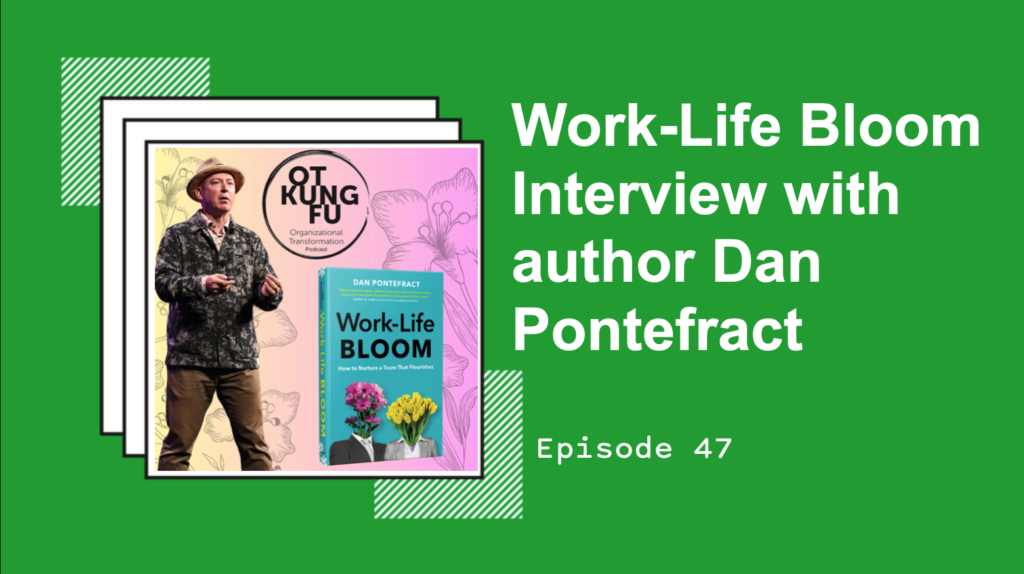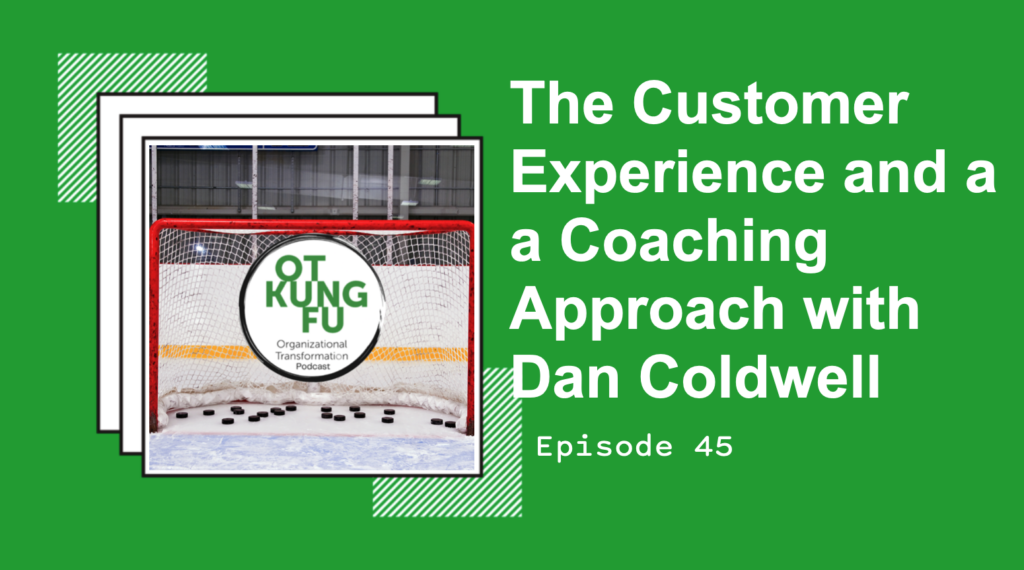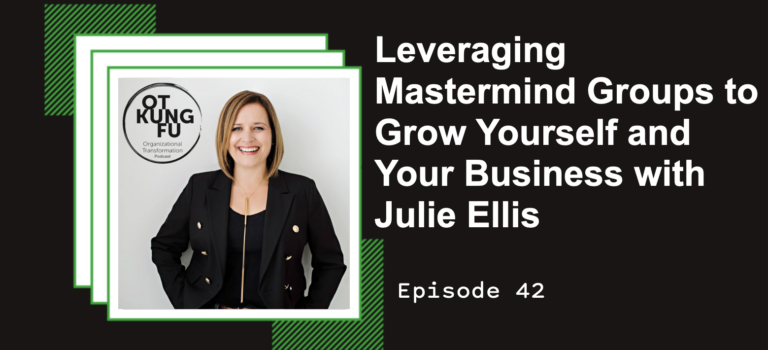
We have a real treat for listeners today! Jen and Sandi are joined by award-winning author Dan Pontefract to talk about his new book Work-Life Bloom: How to Nurture a Team that Flourishes! From his website: “Dan is a renowned keynote speaker who has presented at four TED events and delivers approximately 50 keynotes annually. He is an adjunct professor at the University of Victoria’s Gustavson School of Business and has received over 25 industry, individual, and book awards.” Listen along as Dan, Sandi, and Jen cover topics such as:
- -The origin of Work-Life Bloom
- -Personas in Work/Life Balance
- -“Soil” vs “Water” tests in the workplace
- -Workplace Vulnerability and Gen Z
You can connect with Dan on his website donpontefract.com, and you can check out the book’s page at worklifebloom.com
Dan’s Assessment: worklifebloom.com/work-life-assessment
Connect with Dan on LinkedIn!




















